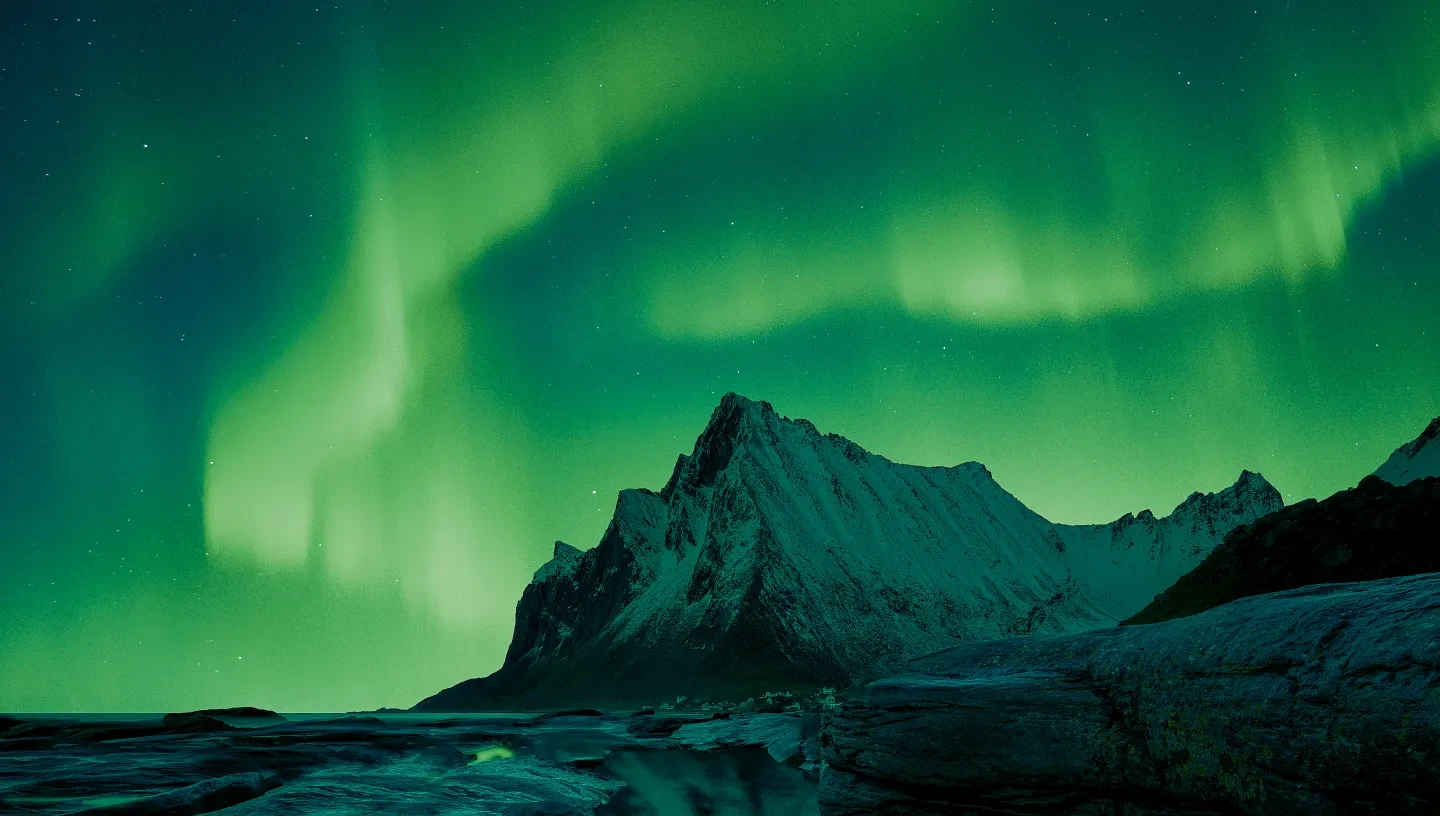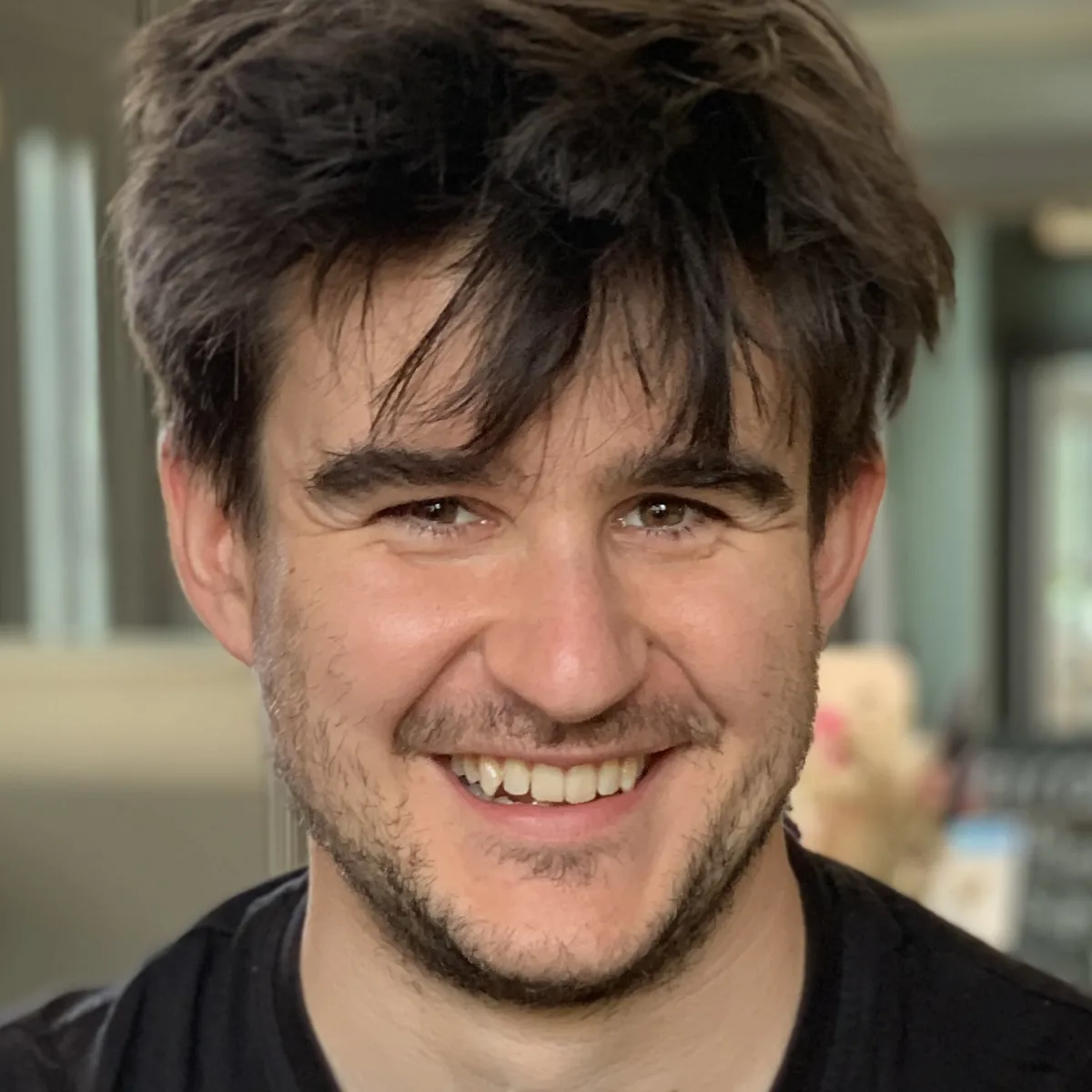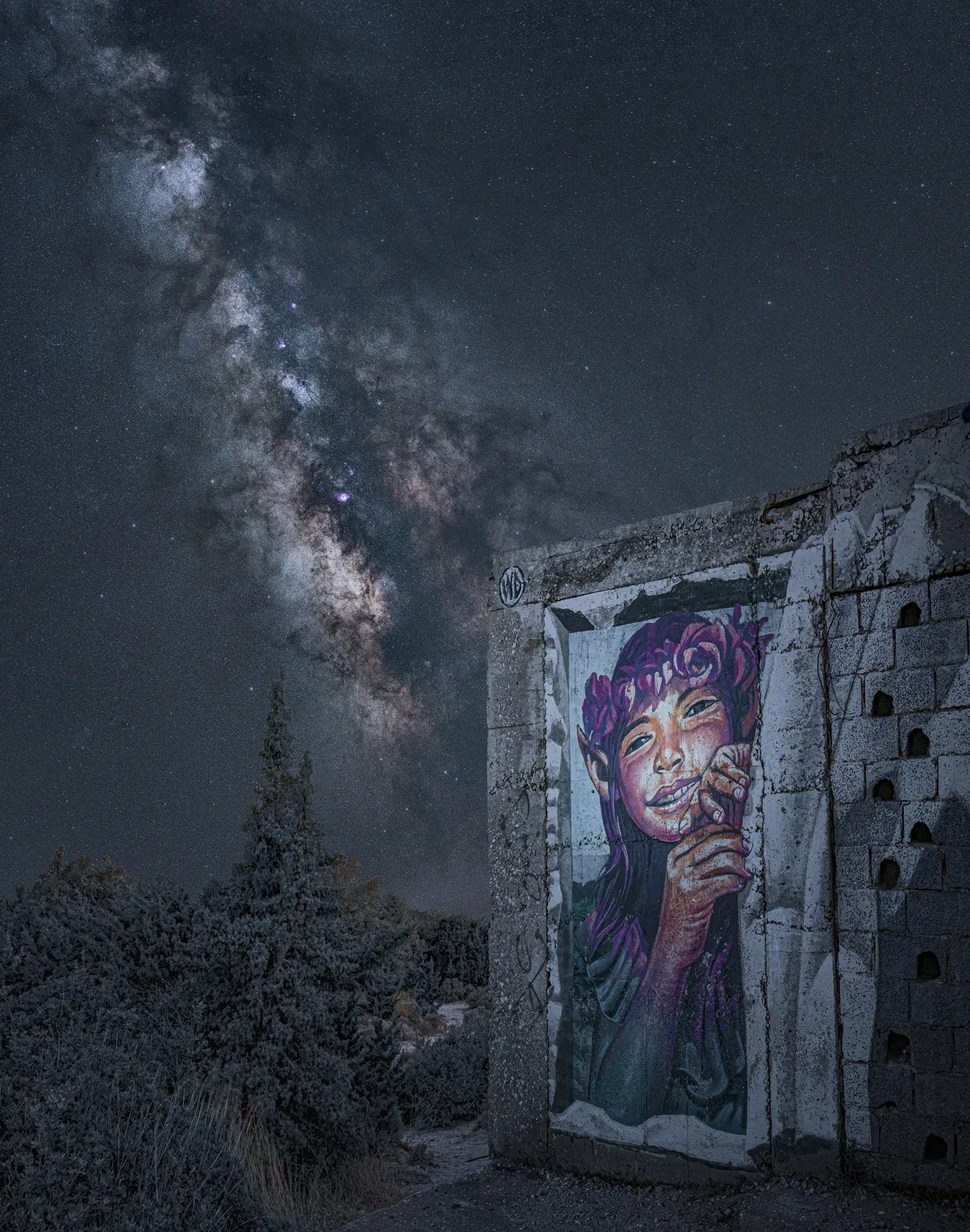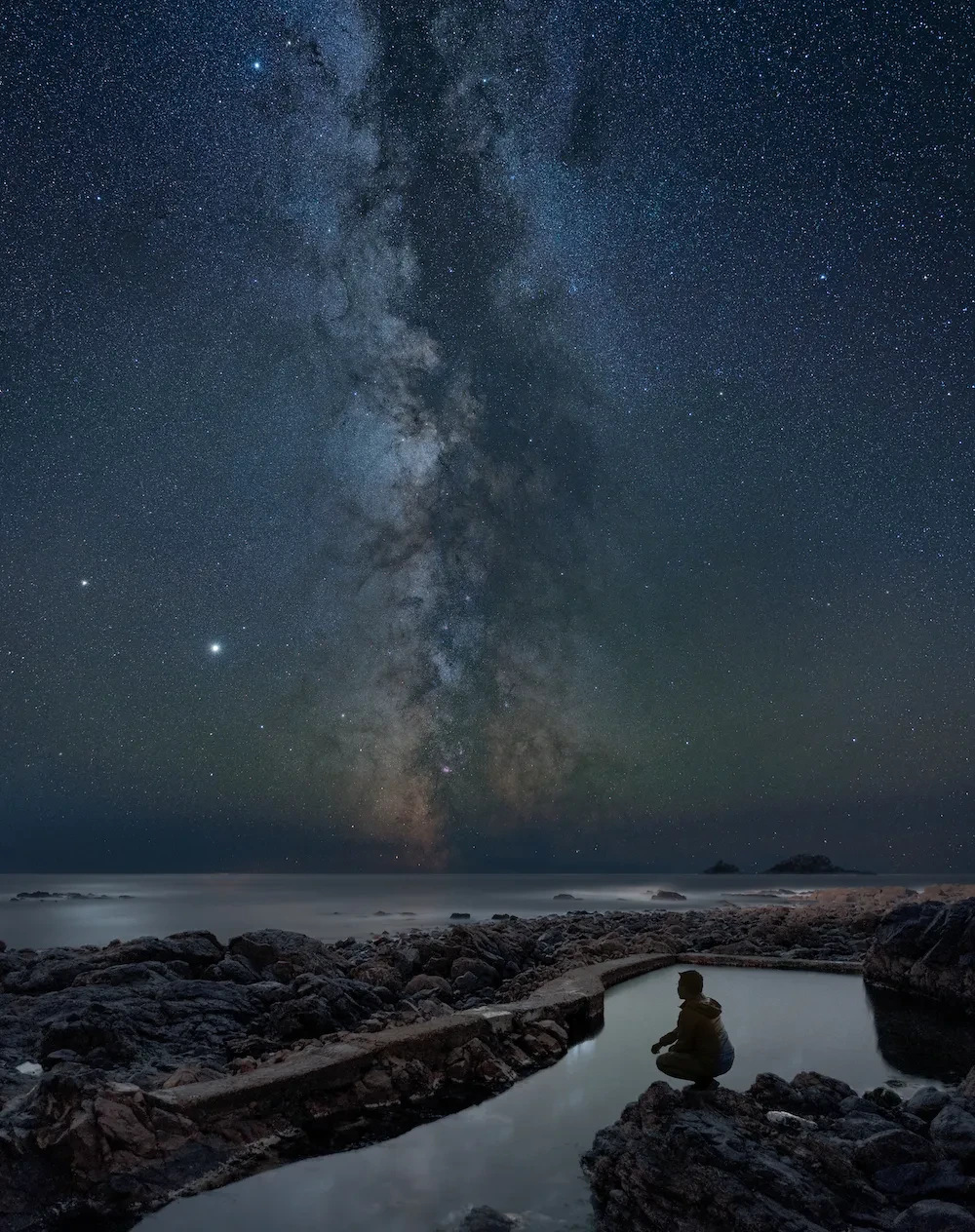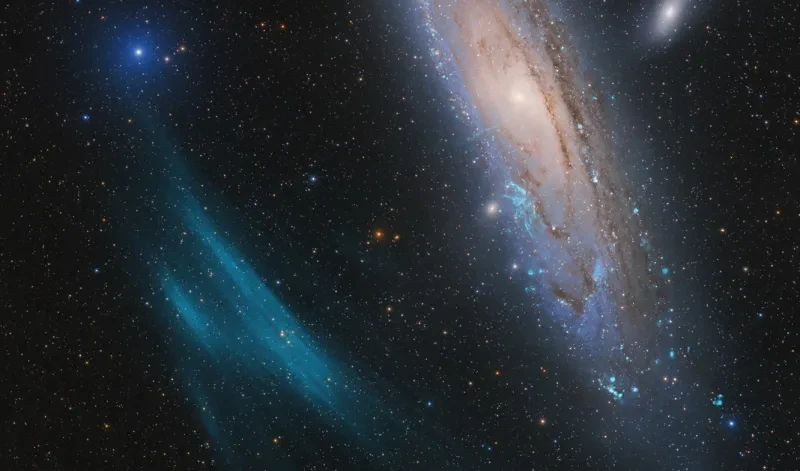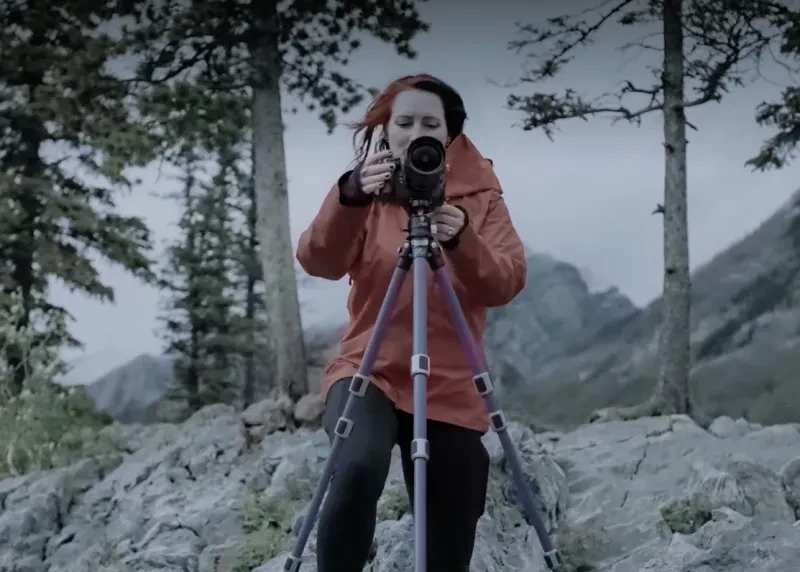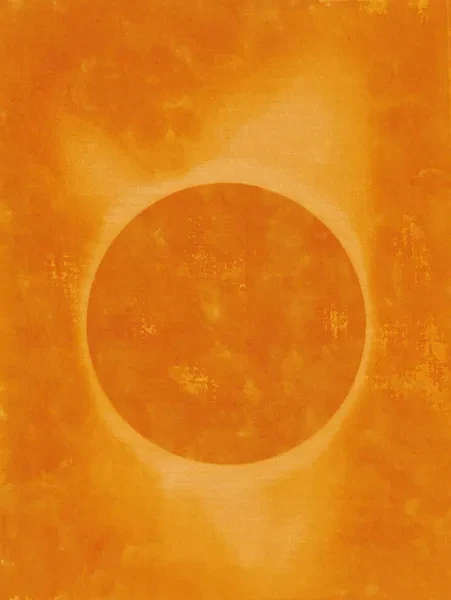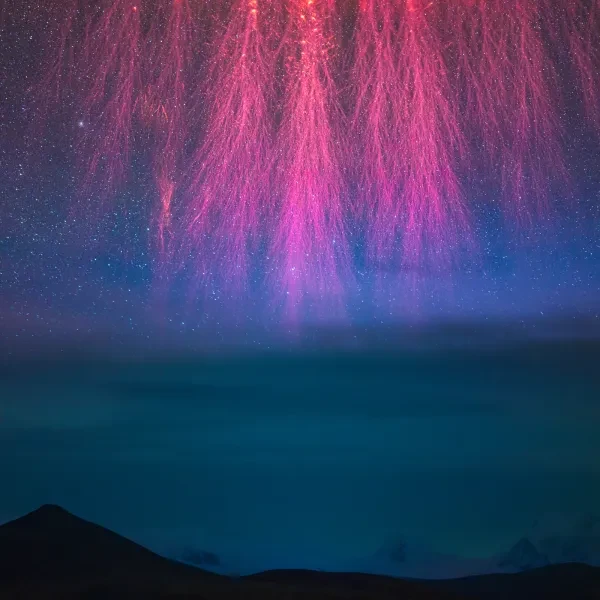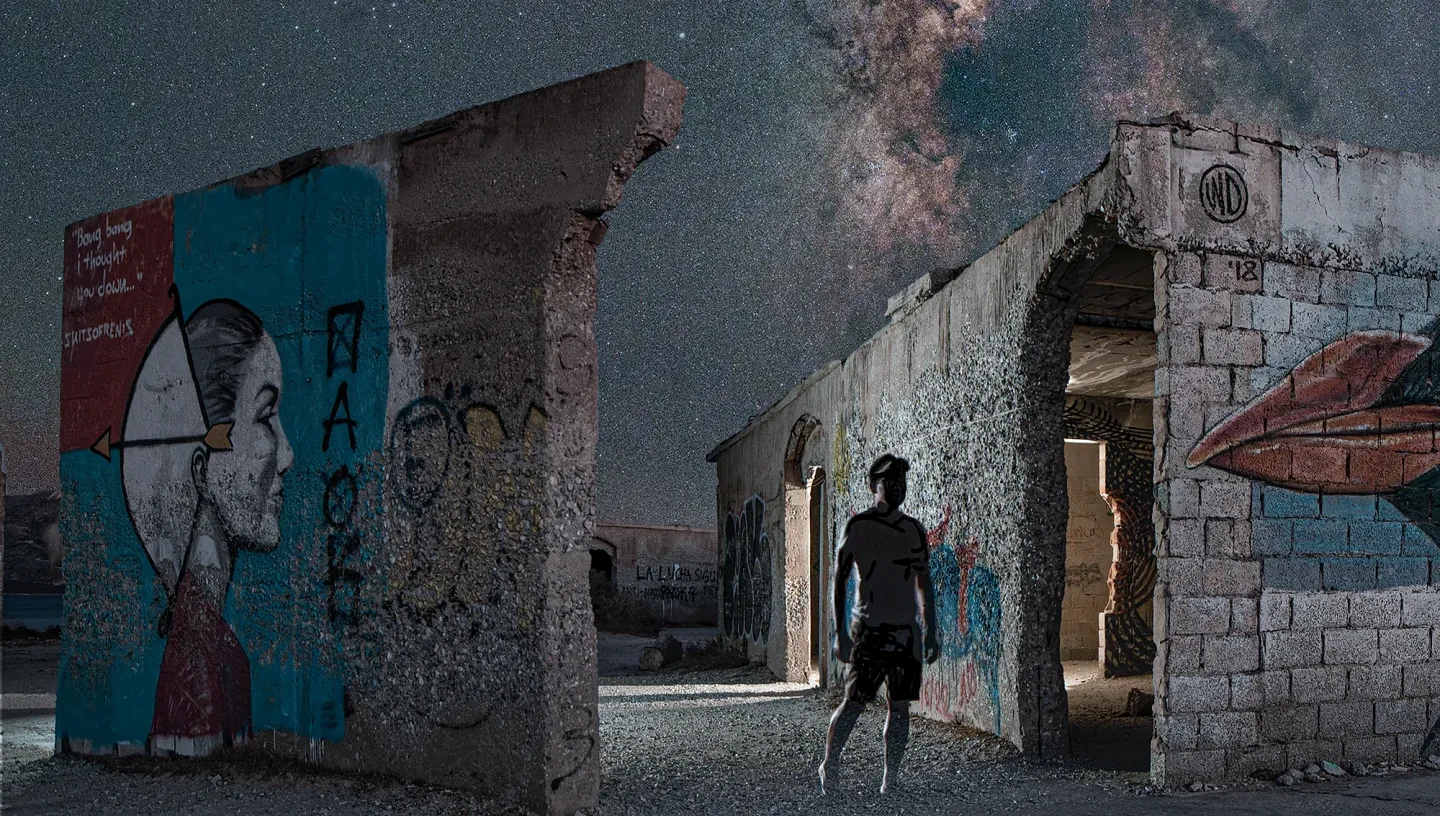
Astronomy photographers travel the globe searching for clear skies, otherworldly landscapes and new perspectives on the Universe.
The photographs they capture and submit to Astronomy Photographer of the Year reveal a side of our world that few of us will ever experience in person.
“I would go to the ends of the Earth if I knew of a place with the right requirements,” says entrant Derek Horlock.
From an abandoned hotel in Greece to the wilds of the Scilly Isles, Derek's shortlisted images in the 2023 exhibition show how great astrophotography can connect our planet with worlds far beyond our Solar System.
What makes a great night sky photography location?
I do a lot of research before I consider going to a place, and any location must meet certain criteria.
Firstly, is it a dark sky area? I do this by studying light pollution maps, and I only plan to visit a place during the week around the new moon between March and October.
There are other things to consider of course. What will the weather be like? Is it the rainy season? Will there be a high chance of a clear sky?
Your photographs in Greece combine night sky photography with intriguing, abandoned spaces. What draws you to these places?
In the case of Greece there are many dark sky areas I could have gone to, but just having dark sky and a shot of the Milky Way is not enough for me. I want an image that has a foreground, that tells a story.
I found pictures of an abandoned hotel on the Greek island of Naxos after many hours scouring the internet. It was ideally situated on a remote peninsula, with a traditional taverna to stay in just 20 minutes’ walk away.
I tried to find out as much as possible about the site's history and the meaning of the graffiti: was there a connection or thread I could link it to the stars above?
I remember reading about the future Pandora Mission, a small satellite due to be launched as part of man’s endeavour to search for extra-terrestrial life. I could see that there was an image of Pandora at the abandoned hotel with a south-west aspect behind it where the Milky Way would be positioned by August.
Unfortunately, I had to cancel my first trip as the pandemic came. It took two years before I could finally travel there.
Some of these abandoned places look great but are often on private land, so you are not allowed to enter. Fortunately in this case, since the site’s ownership is contested there are no restrictions to access – although it’s not without dangers in the form of holes in the collapsed floor.
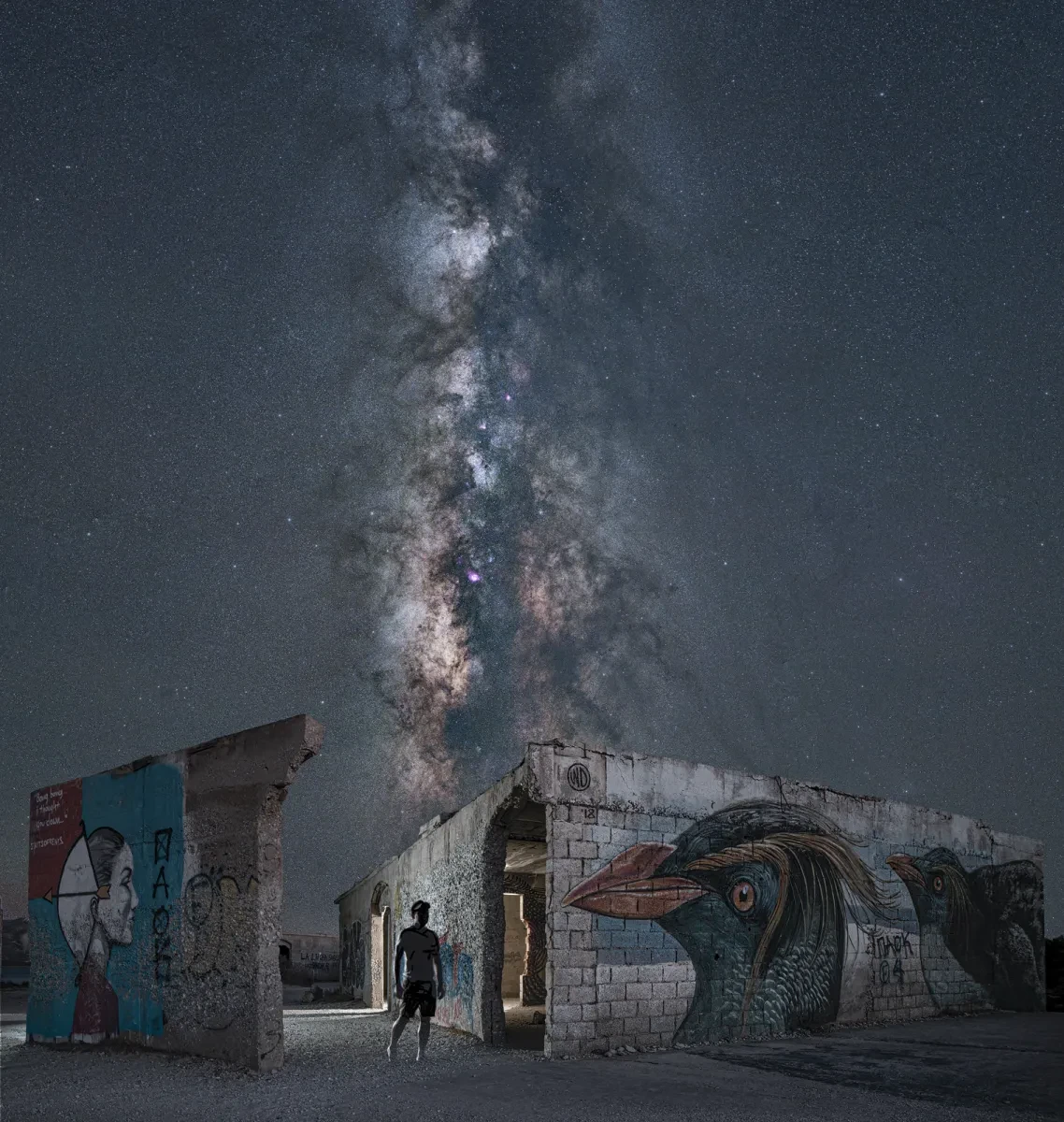
Work in focus: Abandoned Beach Hotel
Alyko Beach, Naxos, Greece, 26 July 2022
On the Greek Island of Naxos is a long-abandoned incomplete hotel complex, a unique location worth a few hours’ exploration. It’s on a cedar-lined peninsula overlooking a beach called Alyko.
By day it acts as a shelter for beach goers from the baking midday Sun, and the winds that dominate the weather on the island in the summer. However, as night falls and the people depart, the air settles into a crystal-clear still night. Light pollution is minimal in the Aegean Sea making it very dark; an excellent place to view the stars and the Milky Way. Over time the sprawling site has become a magnet for street artists. The likes of ‘Wild Drawing’, also known as ‘WD’, a Balinese street artist and others have visited to paint the walls with their street art, making the site a sort of open-air art gallery.
Do you have any tips for seeing and photographing the Milky Way?
If it’s early in the season the Milky Way is often more horizontal before it rises overnight. This is ideal if you are trying to capture a large panorama across a flat landscape such as the desert. By the end of the season, the Milky Way is almost upright just after dark.
Working in the UK, I know that the coasts of Devon and Cornwall, the Scilly Isles and Pembrokeshire with their south-west aspect into the Atlantic are the best places to see the Milky Way, so I concentrate on these areas.
I always visit in advance, and use augmented reality apps on my phone to plan a shot. I allocate time off work around the new moon and keep an eye out for the weather using clear sky apps.
Such is the unpredictability of the UK weather however, I never make a final decision on whether to travel until the night before. I live in London, so it’s many hours travelling. I never book a hotel in advance; I prefer to just go and camp out if necessary.
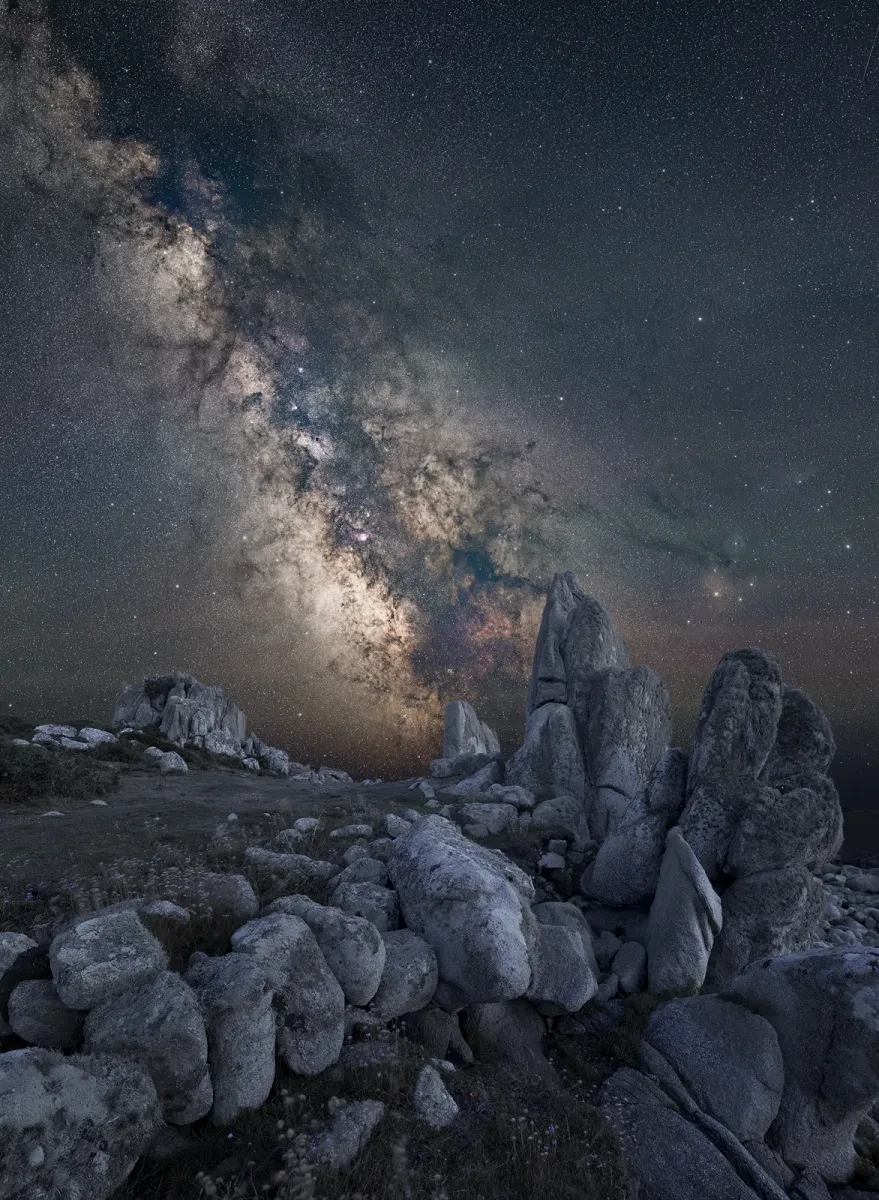
Work in focus: St Agnes
Isles of Scilly, UK, 29 June 2022
The Isles of Scilly archipelago lies 28 miles to the southwest of the UK mainland. Its most southerly island is St Agnes, an island of wonderful contrasts: from rocky outcrops on its exposed west side to pristine sandy beaches on its eastern sheltered edge. It measures a mile across and there is a permanent population of just 85.
It is one of Europe’s best locations to view the Milky Way. There is virtually no light pollution due to its remote location with a clear site southwest into the dark Atlantic. Because the islands are surrounded by water there is also little disparity between land and sea temperatures that can cause air turbulence, meaning the stars look far steadier.
The sheer number of stars seen from here is breathtaking on a clear night. Like the rest of the UK in mid-summer the sky is not truly dark, although it may look like that way to the naked eye. At this latitude in the northern hemisphere the sun is not quite low enough at midnight below the horizon to not have some effect on the night sky. This period is called astronomical twilight. However, St Agnes at 49.5 degrees north is the furthest south you can be in the UK. The nearest point of absolute darkness is 48.5 degrees, which is the latitude of Paris.
Where are your favourite locations for astrophotography in the UK?
I first went to the Scilly Isles just after lockdown ended. It was the darkest and most southerly place I could possibly travel to at the end of lockdown when overseas travel was still banned. I earmarked some great locations using the augmented Milky Way app on my phone.
I have been back three times since. The problem with the Isles of Scilly, despite being part of the UK, is it’s still difficult to get to: a seven-hour drive to Penzance, an overnight stay, then a three-hour boat trip followed by a second boat to get to the outer islands. It’s easier and cheaper to get to Naxos!
What’s the strangest place you’ve travelled to for astrophotography?
Right at the furthest point of northern Cyprus is the Dipkarpaz National Park. The area is super dark due to its remote location and lack of development since the 1974 invasion by Turkey. There are a few ruined farmhouses and buildings, but it is now mostly occupied by wild donkeys – the descendants of those that were left when farmers abandoned their lands.
I wanted to shoot at one such farm. Although long abandoned, it looked like the residents had just left in a hurry. I’m not usually afraid of the dark but this place had such an eerie feeling about it. The ubiquitous and usually passive donkeys were aggressive and noisy around the buildings, as if they were guarding the place and did not want me there. So I left.
How far would you go to take the perfect photograph?
I would go to the ends of the Earth if I knew of a place with the right requirements. There are number of sites I have identified in sub-Saharan Africa. However, for political reasons they are just not safe to travel to: it would be very unwise to wander around in the dark there.
I am planning to go to Bolivia next April to the Uyuni salt flats. During winter floods a thin layer of water creates a mirror reflection of the night sky.
